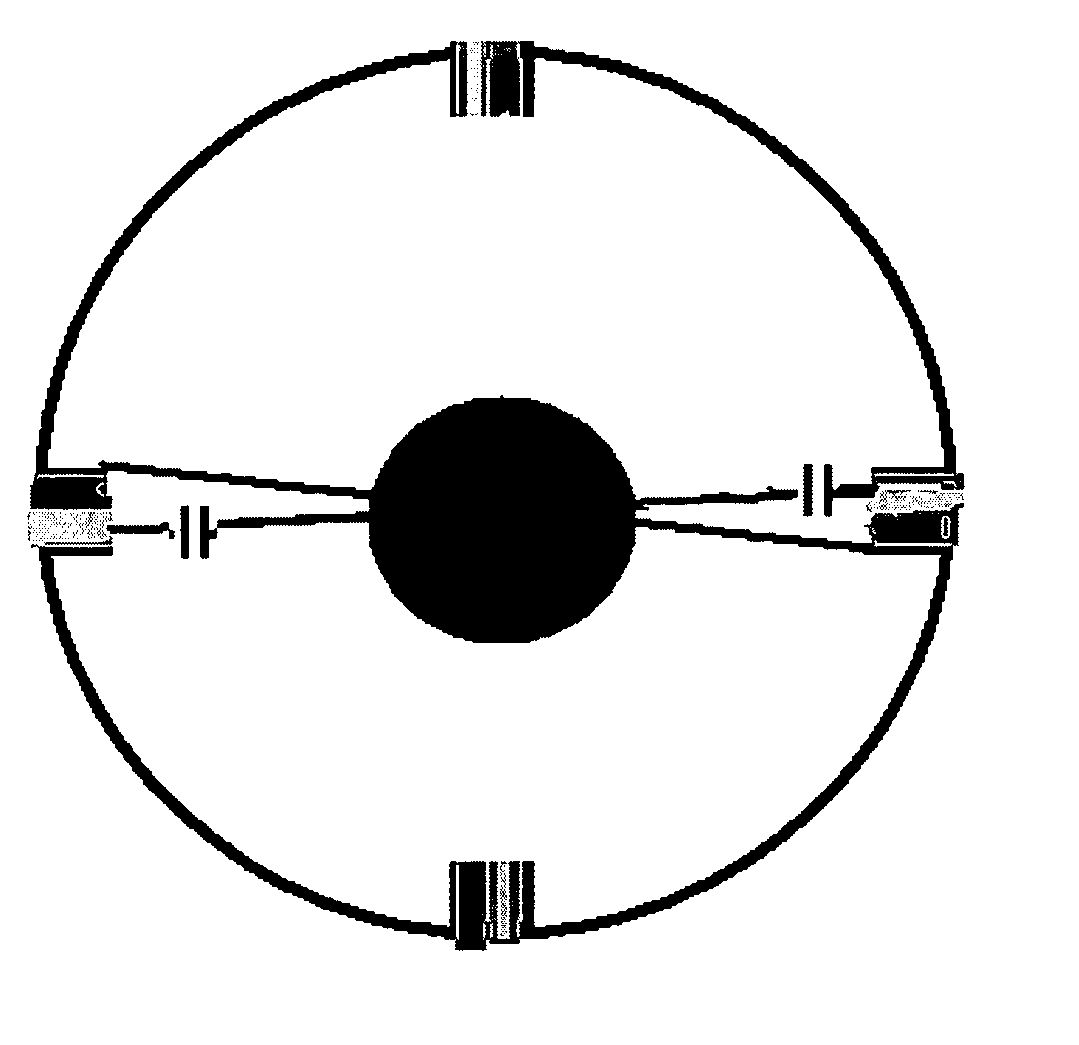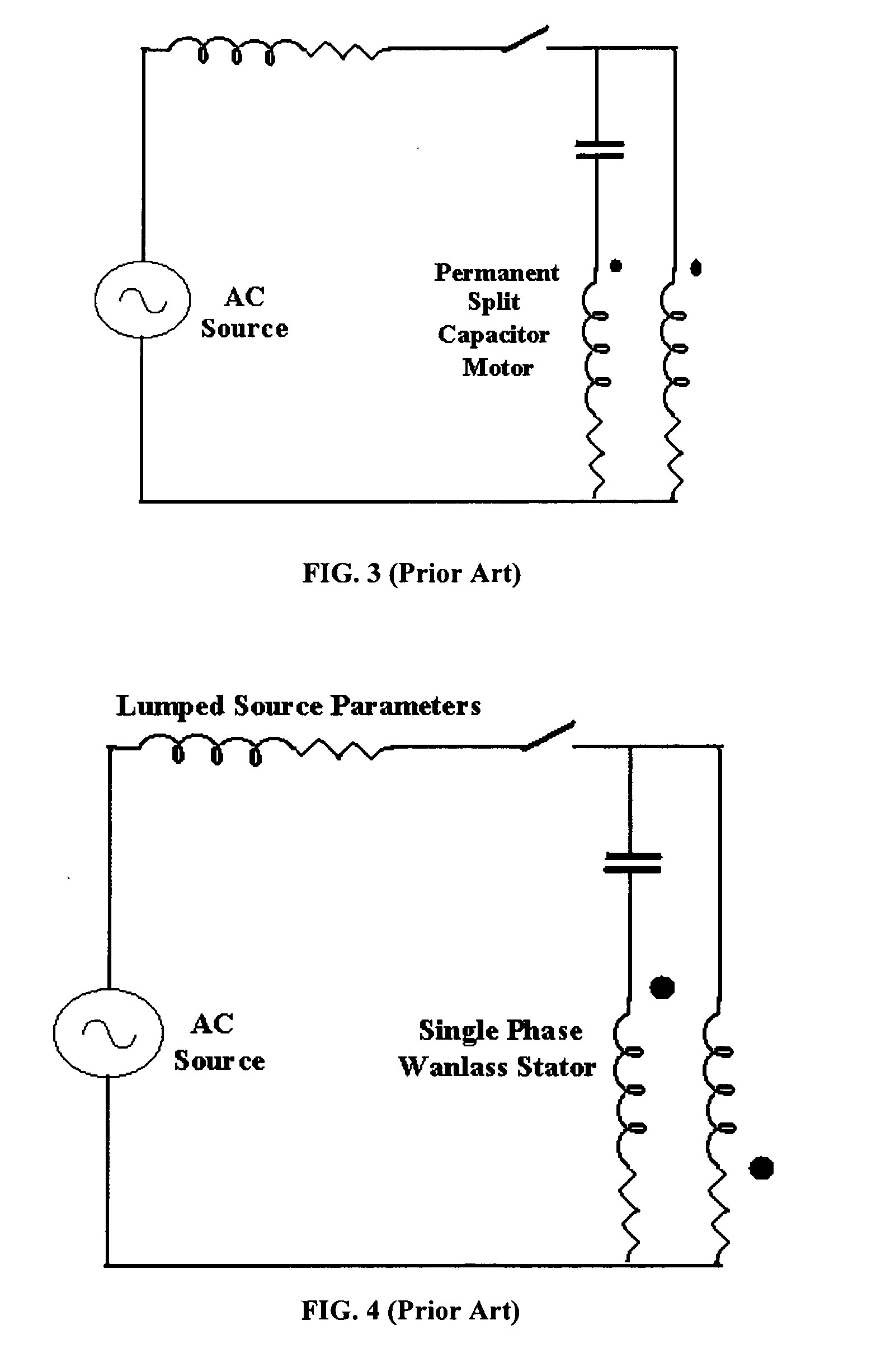Induction machine rotors with improved frequency response
a technology of frequency response and induction machine, which is applied in the direction of dynamo-electric machines, asynchronous induction motors, electrical apparatus, etc., can solve the problems of large electrical power consumption for conversion of electrical energy to useful work, significant difficulties in reliable grid operation and connected equipment, and high frequency response of rotors. achieve the effect of reducing the requirement for grid maintenance, reducing the magnetizing current in the rotor, and improving the power factor of the transfer of power
- Summary
- Abstract
- Description
- Claims
- Application Information
AI Technical Summary
Benefits of technology
Problems solved by technology
Method used
Image
Examples
Embodiment Construction
[0169] The rotor core and winds form an inductive circuit element. One or more capacitors can be added to the rotor to generally increase the power factor and thereby increase the power transfer and power conversion characteristics of the device. It is well known that capacitors and inductors can be combined in various LC configurations. These configurations can include series, shunt and hybrid combinations of the circuit elements.
[0170] At the moment of engagement of an induction motor, the rotor is generally motionless. At this instant the stator and rotor are electromagnetically coupled to their greatest extent. Significant magnetizing VARs are required by induction motors at the moment of engagement. As the rotor within the induction machine accelerates, the electrical frequency in the rotor decreases. To maintain a resonant or quasiresonant electrical circuit in the rotor as the rotor electrical frequency is changed, a variation of capacitance is required.
[0171] A simple LC r...
PUM
 Login to View More
Login to View More Abstract
Description
Claims
Application Information
 Login to View More
Login to View More - R&D
- Intellectual Property
- Life Sciences
- Materials
- Tech Scout
- Unparalleled Data Quality
- Higher Quality Content
- 60% Fewer Hallucinations
Browse by: Latest US Patents, China's latest patents, Technical Efficacy Thesaurus, Application Domain, Technology Topic, Popular Technical Reports.
© 2025 PatSnap. All rights reserved.Legal|Privacy policy|Modern Slavery Act Transparency Statement|Sitemap|About US| Contact US: help@patsnap.com



